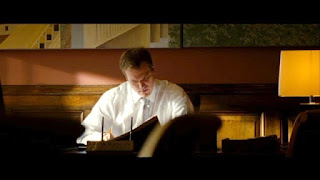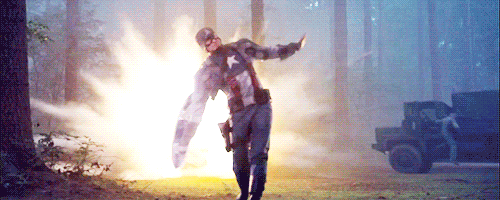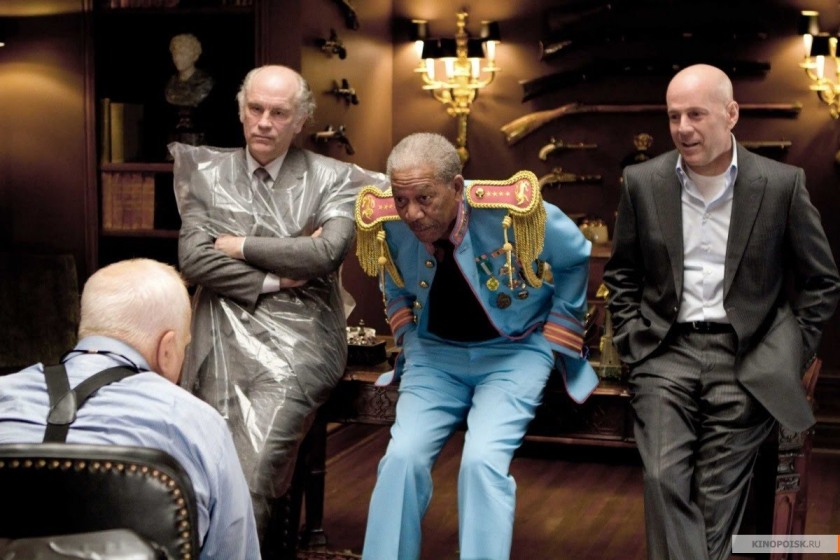“RED” (2010) Review
Loosely inspired by the three-part DC Comics comic book series created by Warren Ellis and Cully Hamner,
“RED” told the story about a former black-ops C.I.A. agent named Frank Moses, who reassembles his old team in a last ditch effort to survive a series of assassination attempts on him.
Thanks to one member of his team, Marvin Boggs, Frank learns that a mysterious figure is sending both assassins and a C.I.A. black-ops agent named William Cooper to wipe out all members of a secret mission in Guatemala that Frank participated in back in 1981.
“RED” turned out to be a pretty solid action-comedy film that greatly benefitted from veteran cast members that included Bruce Willis, John Malkovich, Morgan Freeman, Helen Mirren, Brian Cox, Ernest Borgnine and Richard Dreyfuss. The cast also included the likes of Mary Louise Parker, Julian McMahon and Karl Urban. Surprisingly, the only members of the cast that seemed to have a persistent presence throughout the movie were Willis (the main star), Parker, Malkovich and Urban. Everyone else seemed to be making cameo or guest appearances in the movie. Regardless of the amount of time spent in the movie, each cast member gave a first-class performance in the movie. I was especially impressed by Willis as the weary ex-agent who is stimulated back into life at the prospect of learning the identity of the person behind the assassination attempts upon him. Malkovich gave my favorite performance as the paranoid Marvin Boggs, who seemingly ridiculous theories about any potential danger end up being correct. And I also enjoyed Helen Mirren as a former MI-6 assassin Victoria, who seemed just as thrilled as Frank to be back in action.
German-born Robert Schwentke displayed a quirky sense of humor in his direction of “RED”. I had expected some humor in the movie, but Schwentke stylized the violence in a way that reminded me of movies like “PAYBACK” or “SCOTT PILGRIM VS. THE WORLD”. Scribes Jon and Erich Hoeber did a solid job in adapting Ellis and Hammer’s comic tale. Some fans of the comic novel may have taken umbrage at their loose adaptation. But since I have never read the three comic books . . . . it did not bother me that much. However, I found the showdown inside the Chicago hotel parking garage rather confusing. The overall action did not confuse me, but the main villain’s reasoning and personal actions did. This did not ruin the movie for me, but it came damn close. Overall, “RED” was a pretty solid movie, but I have seen better comic book films.









































